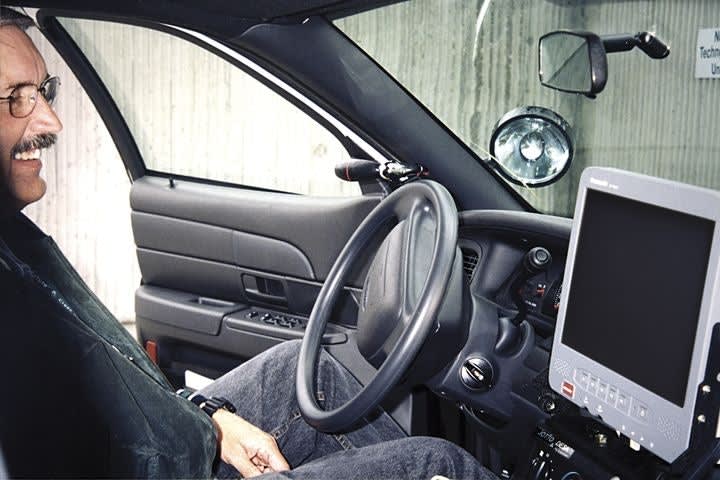A call came over the radio in Officer Rick Powell's car summoning him to an obscure location in the city. Powell, who serves in the San Diego Police Department's New Technology Division, quickly looked up at the new 12-inch color LCD display in his patrol car. Then with the touch of a pre-programmed function key, he enabled a Thomas Brothers Map program that was loaded onto the hard drive of a laptop computer mounted in the trunk of his car. A map of San Diego came up on the display, and Powell reached up and touched the screen. Then using just his finger to send commands, Powell expanded the image to look at another part of the map until he found the desired destination. Within seconds, he received the call, acknowledged it, accessed directions to the scene, and was en route.
Powell's car is equipped with a state-of-the art digital communications system that is being phased in at the San Diego Police Department. To understand the benefits of this high-tech system, take a look at what the department is currently using.












